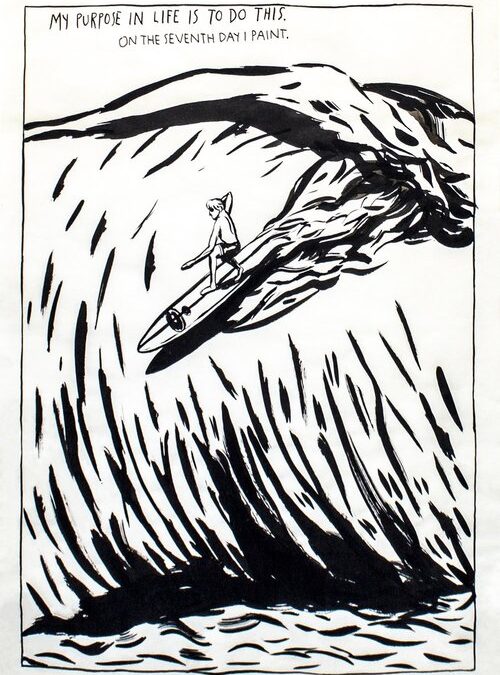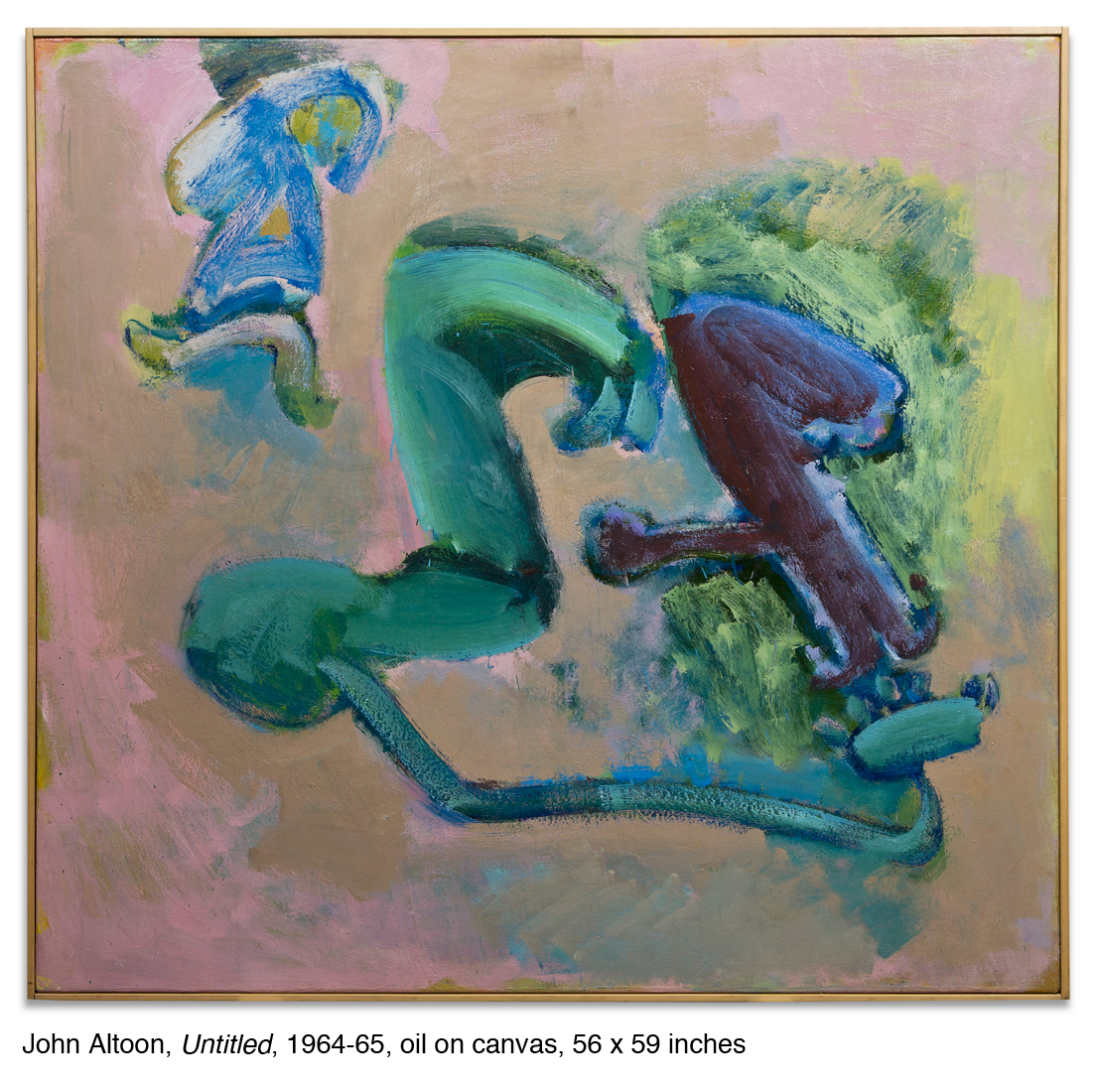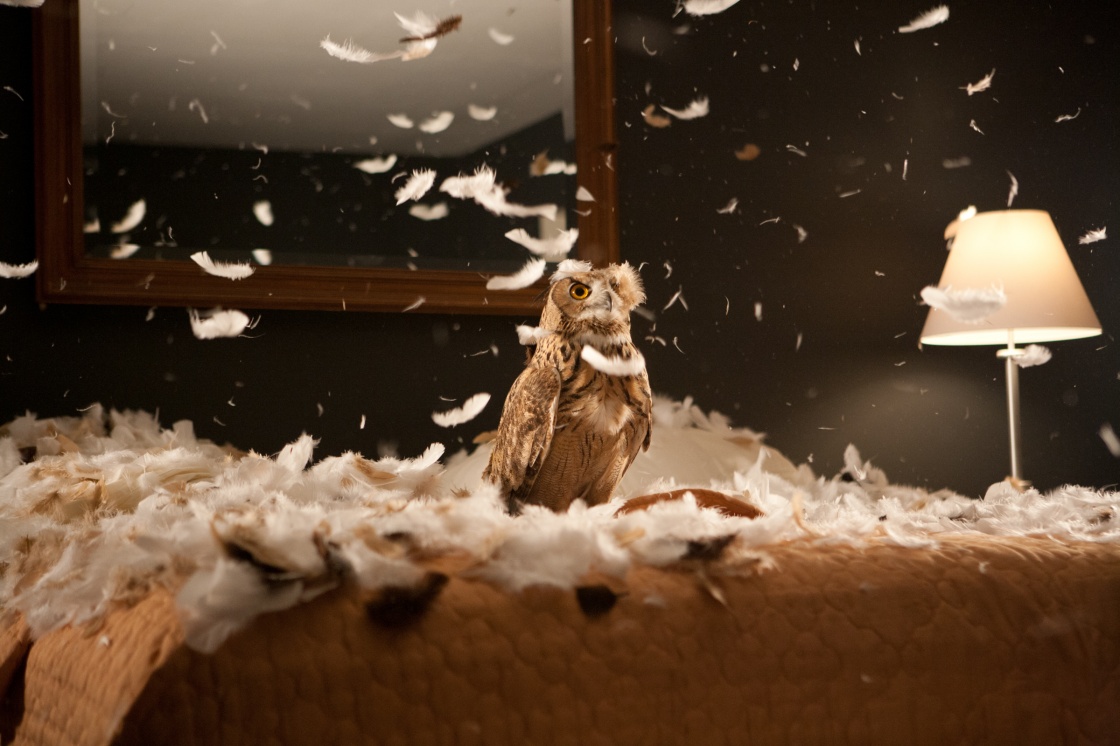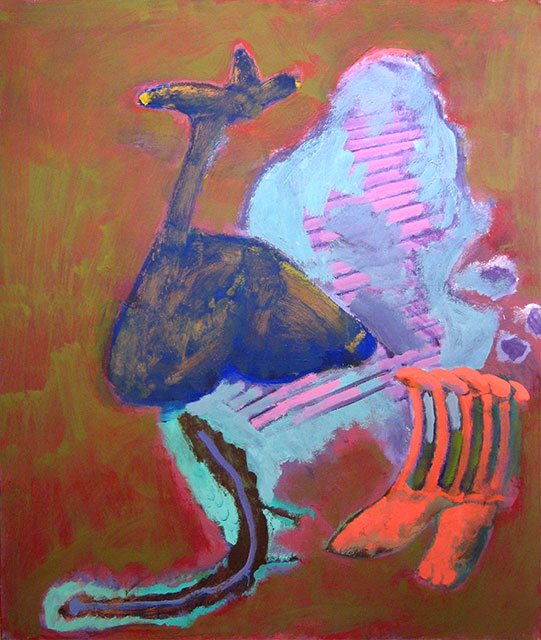Robert Berman has always understood one essential factor driving the art market—and especially the auction market: the passion of collectors. To hear him tell it, you might think it was his own collector’s passion more than anything else that pushed him into the art...





